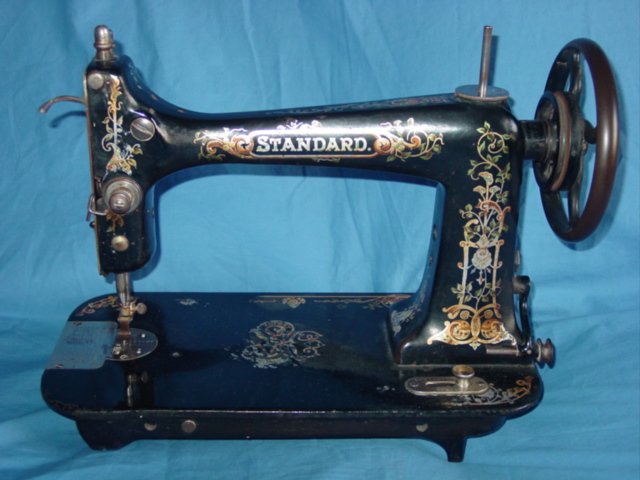- Standard Sewing Equipment Corp
- The Standard Sewing Machine Company Cleveland Ohio
- Standard Sewing Machine Company Parts
The Singer Featherweight portable sewing machine is a model made by that company between 1933 and 1964. The machine (model 221), adapted from an earlier portable, the Standard SewHandy (which company was bought out by Singer) weighs about 11 pounds and has been found to be an ideal machine for quilters and other sewers to take to classes or 'on location.' Sewing machine manuals are an invaluable tool when it comes to understanding how to properly use your machine. These books guide the user through each aspect of the sewing machine, which tasks it can perform and how to operate and troubleshoot a particular model of the machine.


Standard Sewing Equipment Corp
Aug 13, 2011 Standard Sewing Machine Co., Cleveland, Ohio. The company was originally incorporated in 1880 as the Teller Manufacturing Co. But changed its. Aug 03, 2019 Hi, I recently purchased a 1904 Standard Rotary Treadle Sewing Machine. I have read a lot of the old posts on the board, and saw a couple others have my same machine. I am trying to get my machine up and running. I have looked everywhere for a manual for the machine and the attachments that came with it, and have not been able to find anything.
The Standard Sewing Machine Company Cleveland Ohio

Standard Sewing Machine Company Parts
General Electric: Serial No. 16980.
In 1928 the Standard Sewing Machine Company was licensed by the Frederick Osann Co. to produce the Sewhandy sewing machine and when, in 1929, the Standard Sewing Machine Co. became a subsiduary of Fredrick Osann Co. production of the Sewhandy continued.
The Sewhandy was a lightweight machine weighing only 12 lbs. Designed by Richard K. Hohmann it had an aluminium bed with the electrical components being supplied by General Electric. The machine was available in a range of colours including a version labelled specifically for General Electric.
It appears there were distribution problems and in 1931 after around 7,500 machines had been produced the Standard Sewing Machine Co. and General Electric agreed that no further machines would be produced under the Sewhandy name. Instead 5,000 machines were to be manufactured for General Electric during a three month period ending September 1931. They were of an agreed design which included a revised faceplate with the GE logo and were to be marketed solely through General Electric's dealer network.
The agreement between Standard Sewing Machine Co and General Electric must have suited both companies as the machine continued to be sold under the General Electric name until 1934. During that time only minor changes were made to the machine except in 1932 when the bed was changed to cast iron resulting in an increase in weight to 15.75 lbs.
When the Singer Manufacturing Co aquired the Fredrick Osann Co. in 1934 it set up a separate company - the Ossan Corporation which produced the machine as the Sewhandy until 1938. Later Singer used the Sewhandy name for its toy sewing machines.


